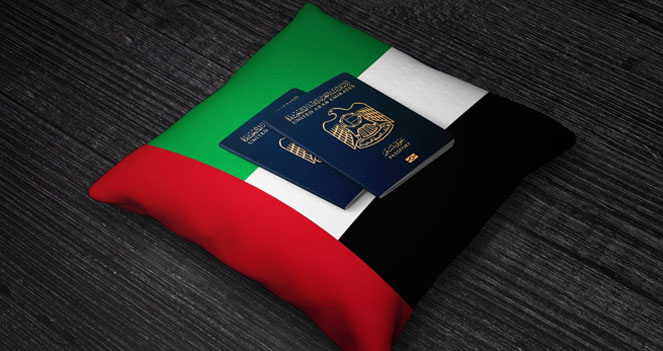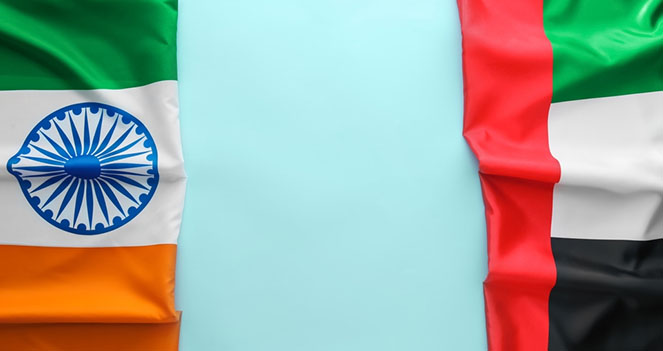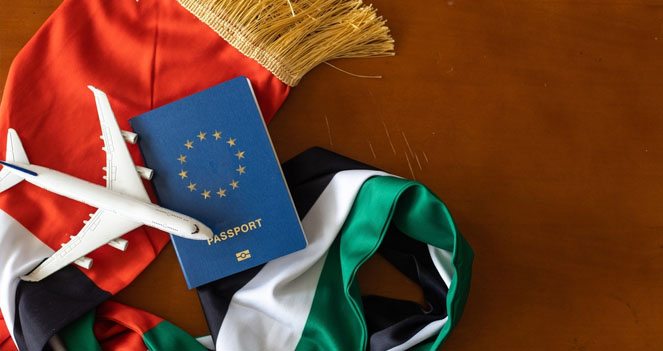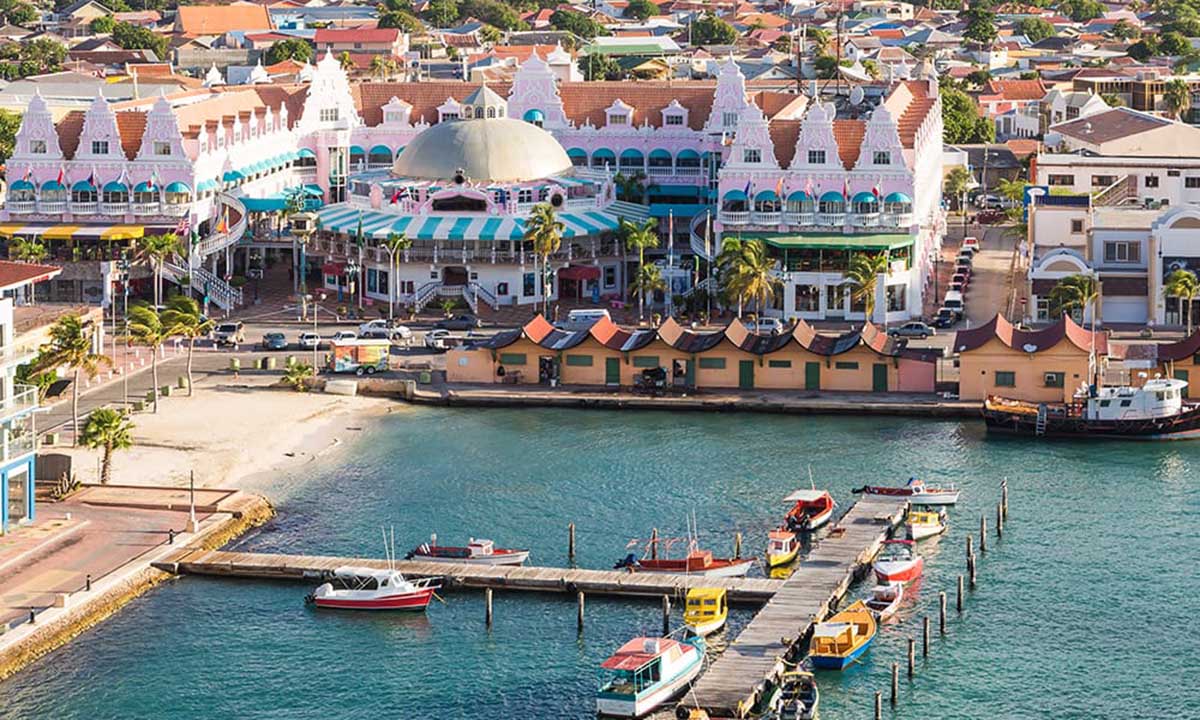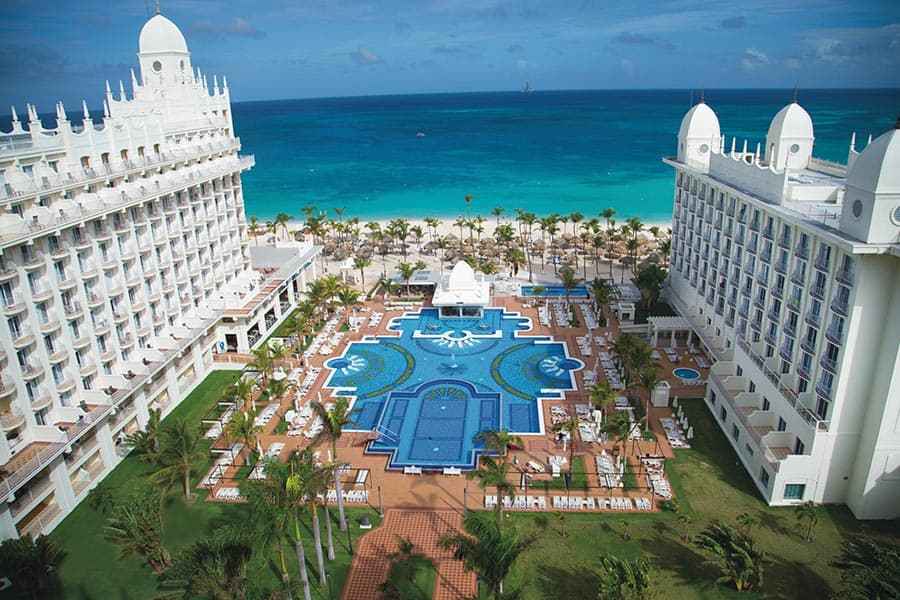
Aruba is an island in the Caribbean Sea, southwest of the Lesser Antilles, about 50 miles (80 km) northwest of Curaçao and 18 miles (29 km) north of Paraguaná, a peninsula in Venezuela.
Previously, Aruba belonged to the Netherlands Antilles. It was made a distinct, self-governing region of the Kingdom of the Netherlands in 1986. The white sand beaches in the south and west, the rocky coastline in the northeast, and the interior desert landscape draw tourists to Aruba. Oranjestad is its capital, which doubles as the nation's primary harbour.
The majority of Aruba's population is ethnically diverse, with many having American Indian descent alongside Dutch, Spanish, and African lineage. However, there aren't many people who are mostly African heritage because, unlike most others, few slave-based farms existed on the Caribbean islands of Aruba during colonial times. The official languages are Dutch and Papiamentu, a creole that mostly developed from Portuguese, Spanish, and Dutch and is also spoken in Curaçao and Bonaire. There is also a lot of use of Spanish and English.
The colonial government exploited Aruba as a horse breeding facility until the end of the 18th century, while native and mainland Indians worked as herdsmen. The land was only sold to settlers individually starting in the early 19th century. Attempts to grow aloe for pharmaceutical items didn't change the fact that agriculture was still of little importance. Gold mining started in 1824 but was stopped in the first decade of the 20th century. When oil refining began in the 1920s at the port of San Nicolas (Sint Nicolaas), Aruba's economy improved; crude oil was primarily imported then.



 Dubai
Dubai  Qatar
Qatar  Kuwait
Kuwait Oman
Oman Yemen
Yemen Saudi Arabia
Saudi Arabia  Bahrain
Bahrain Egypt
Egypt Turkey
Turkey Romania
Romania  Russia
Russia Ukraine
Ukraine Schengen
Schengen  United Kingdom
United Kingdom  Canada
Canada USA
USA Singapore
Singapore Malaysia
Malaysia  Japan
Japan Thailand
Thailand  Mexico
Mexico Hong Kong
Hong Kong  Philipines
Philipines Vietnam
Vietnam Armenia
Armenia kazakhstan
kazakhstan  Australia
Australia New Zealand
New Zealand South Korea
South Korea South Africa
South Africa Uganda
Uganda Ghana
Ghana Kenya
Kenya Sudan
Sudan Morocco
Morocco Israel
Israel Syria
Syria Lebanon
Lebanon  Iran
Iran Iraq
Iraq Azerbaijan
Azerbaijan  Austria
Austria  Belgium
Belgium The czech republic
The czech republic Denmark
Denmark Estonia
Estonia Finland
Finland France
France Germany
Germany Greece
Greece Hungary
Hungary  Iceland
Iceland Italy
Italy Latvia
Latvia Liechtenstein
Liechtenstein Lithuania
Lithuania Luxembourg
Luxembourg Malta
Malta the Netherlands
the Netherlands Norway
Norway Poland
Poland Portugal
Portugal Slovakia
Slovakia Slovenia
Slovenia Spain
Spain Sweden
Sweden Switzerland
Switzerland Afghanistan
Afghanistan Albania
Albania  Algeria
Algeria 
